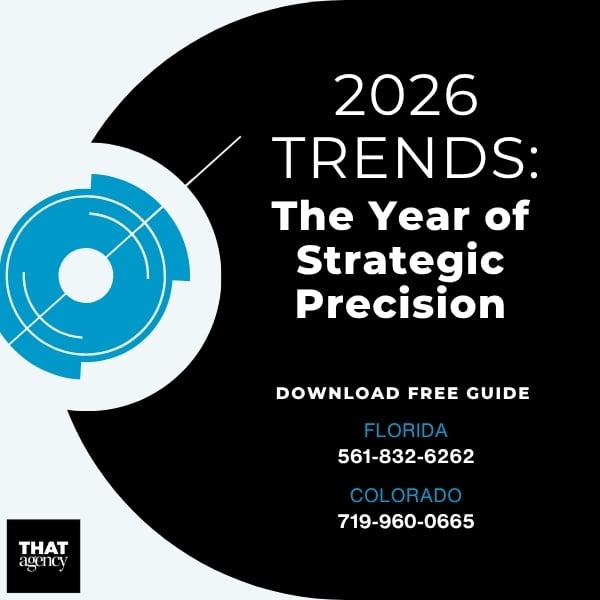To stand out in the fiercely competitive luxury market, brands need to implement innovative strategies that resonate with high-end consumers. At the heart of this approach lies the compelling allure of exclusivity. By leveraging this powerful tool, luxury brands can significantly elevate their appeal. This blog post delves deep into the world of luxury brands, uncovering the essence of quality and prestige, and provides actionable insights and tips to attract affluent customers through the strategic use of exclusivity.
Luxury brands are synonymous with quality, prestige, and a sense of elite status. These brands cater to a niche market that values uniqueness, exceptional craftsmanship, and exclusivity. High-end consumers are not just buying a product; they are investing in an experience that reflects their sophisticated tastes and social status.
Before getting into the intricacies of luxury marketing, it's vital to understand who luxury customers are. High-end customers are individuals who seek the finest, most exclusive products and services. They appreciate quality, craftsmanship, and exclusivity. These customers are not just buying a product; they are investing in an experience. To attract these valuable customers, you must align your brand with their values and desires.
Luxury brands are built on a foundation of superior quality and meticulous craftsmanship. The materials used, the attention to detail, and the artistry involved in creating luxury products set them apart from mass-market goods. This focus on excellence ensures that each item is not only beautiful but also durable and reliable. For instance, Sullivan Rutherford Estate exemplifies this dedication by curating exceptional wine-tasting experiences that highlight their passion for service and hospitality, reflecting the same high standards in every bottle they produce.
Quality and craftsmanship are the cornerstones of luxury brands. For instance, Louis Vuitton is renowned for its meticulous attention to detail and the use of high-quality materials in its products. Each Louis Vuitton bag undergoes a rigorous production process, ensuring that every stitch is perfect and every piece of leather is flawless. Similarly, Rolls-Royce cars are handcrafted to perfection, with each vehicle requiring hundreds of hours of labor to achieve the highest standards of quality and luxury.
Luxury brands are often associated with prestige and status. Owning a luxury item signals wealth, success, and a discerning taste. This sense of exclusivity and the ability to stand out from the crowd is a significant draw for high-end consumers. Brands like Chanel and Gucci are not just selling products; they are selling a lifestyle and a statement of sophistication.

Exclusivity is a compelling aspect of luxury brands. It creates a sense of rarity and desirability, making luxury products more appealing to affluent consumers. This scarcity increases the perceived value of the product and enhances the brand's prestige.
Limited editions and unique offerings are key strategies for creating exclusivity. By producing a limited number of items, luxury brands generate excitement and urgency among consumers. Limited editions often come with unique features or designs, making them highly sought after. For example, Patek Philippe releases limited edition timepieces that become collector's items due to their rarity and unique craftsmanship.
High-end consumers appreciate personalized services that cater to their specific needs and preferences. Offering bespoke or custom-made products allows luxury brands to provide a unique and tailored experience. Brands like Hermès and Gucci offer personalized services that allow customers to customize their purchases, from selecting materials and colors to adding monograms. This level of personalization enhances the sense of exclusivity and makes consumers feel valued and special.
Luxury brands excel in creating an emotional connection with their consumers. This connection goes beyond the product itself and taps into the consumer's aspirations, desires, and identity. Through storytelling, heritage, and brand values, luxury brands create a deep and lasting bond with their customers.
Storytelling is a powerful tool for luxury brands. By sharing their history, heritage, and the inspiration behind their products, luxury brands can create a rich narrative that resonates with consumers. For instance, the heritage of Chanel, with its roots in the early 20th century and its association with fashion icon Coco Chanel, adds a layer of depth and allure to the brand. This narrative not only enhances the brand's prestige but also creates an emotional connection with consumers who value tradition and legacy.
Luxury brands often stand for specific values and identity, such as innovation, excellence, and exclusivity. By consistently reflecting these values in their products and marketing, luxury brands can attract consumers who identify with these principles. For example, Ferrari embodies speed, performance, and luxury, appealing to consumers who value these attributes in their lifestyle.
To attract high-end consumers, luxury brands must master the art of creating exclusivity. Here are some strategies to harness this powerful tool:
Creating a sense of limited availability can drive demand and increase the perceived value of luxury products. Brands can achieve this by offering limited edition products, exclusive collections, or time-sensitive offers. This strategy not only enhances the allure of the product but also encourages consumers to act quickly to secure their purchase.
Providing personalized experiences can significantly enhance the exclusivity of a luxury brand. This can include bespoke products, personalized services, and exclusive events. By offering a tailored experience, luxury brands can make consumers feel special and valued, strengthening their loyalty and connection to the brand.
Hosting exclusive events and providing VIP access are excellent ways to create a sense of exclusivity. High-end consumers are often invited to exclusive brand events, product launches, and private viewings. These events offer a unique opportunity to engage with the brand and experience its offerings in an intimate setting. For instance, luxury fashion brands often host exclusive fashion shows and private shopping events for their top clients, creating a sense of community and strengthening brand loyalty.
Luxury brands like Louis Vuitton, Chanel, and Rolls-Royce have mastered the art of appealing to affluent consumers by creating an aura of exclusivity around their products. By focusing on quality, craftsmanship, and personalized experiences, these brands have built a loyal following of high-end consumers who value sophistication, prestige, and unique experiences.
Exclusivity creates a sense of rarity and desirability, making luxury products more appealing. High-end consumers are drawn to the idea of owning something unique that is not readily available to the masses. This scarcity increases the perceived value of the product and enhances the brand's prestige.
To successfully market to a high-end clientele, focus on:
Some key strategies to target high-paying clients include:
To effectively target luxury consumers:
Targeting high-value customers requires a data-driven approach:
By implementing these strategies, you can successfully attract, convert, and retain the high-end clientele that will drive the most revenue growth for your luxury brand. The key is to maintain an unwavering focus on understanding and exceeding the expectations of your target luxury audience.
One of the most effective ways to create exclusivity is through limited editions and exclusive collections. By offering a limited number of products, luxury brands can generate excitement and urgency among consumers. Limited editions often come with unique features or designs, making them highly sought after.
Scarcity is a powerful motivator. When consumers know that only a handful of items are available, they are more likely to act quickly to secure their purchase. This urgency can drive higher sales and elevate the perceived value of the product.
Rolls-Royce frequently releases limited edition models with bespoke features, ensuring that each vehicle is a unique masterpiece. These models often include custom interiors, special paint finishes, and exclusive design elements that are not available in regular models. By doing so, Rolls-Royce maintains its image as a purveyor of luxury and exclusivity.
Similarly, luxury watch brands like Patek Philippe release limited edition timepieces that become collector's items. These watches are often produced in very small quantities, sometimes as few as a few dozen pieces. Each watch is meticulously crafted with rare materials and intricate designs, making them highly desirable for collectors and watch enthusiasts.
High-end consumers appreciate personalized services that cater to their specific needs and preferences. Offering bespoke or custom-made products allows luxury brands to provide a unique and tailored experience. Personalized services can include everything from custom tailoring to engraving initials on products.
Personalization enhances the customer experience by making consumers feel valued and special. When a product is customized to meet an individual's tastes and preferences, it becomes more than just a purchase; it becomes a reflection of their identity and status.
Brands like Hermès and Gucci offer personalized services that allow customers to customize their purchases, from selecting materials and colors to adding monograms. Hermès, for example, provides bespoke services for its iconic Birkin and Kelly bags, allowing clients to choose the leather, color, and hardware to create a one-of-a-kind piece. Gucci offers similar customization options for its handbags and shoes, ensuring that each item is unique to the owner.
Hosting private events and providing VIP access are excellent ways to create a sense of exclusivity. High-end consumers are often invited to exclusive brand events, product launches, and private viewings. These events offer a unique opportunity to engage with the brand and experience its offerings in an intimate setting.
Private events and VIP access help build a community of loyal customers who feel privileged to be part of an exclusive group. These events also allow brands to showcase their latest products in a controlled and luxurious environment, creating a memorable experience for attendees.
Luxury fashion brands often host exclusive fashion shows and private shopping events for their top clients. These events create a sense of community among high-end consumers and strengthen their loyalty to the brand. For instance, brands like Chanel and Dior invite their most loyal customers to attend their runway shows and private trunk shows, where they can preview and purchase new collections before they are available to the public.
Collaborating with high-profile individuals, such as celebrities, artists, or influencers, can enhance a brand's exclusivity. These collaborations often result in unique, limited-edition products that attract attention and generate buzz.
High-profile collaborations leverage the influence and reach of the collaborator to enhance the brand's prestige and desirability. These partnerships often result in unique designs that are only available for a limited time, making them highly coveted by consumers.
A notable example is the collaboration between Louis Vuitton and artist Jeff Koons, which resulted in a highly coveted collection of handbags. The collection featured Koons' reinterpretations of famous artworks on Louis Vuitton's iconic bags, creating a fusion of art and fashion that appealed to both art collectors and fashion enthusiasts. The limited availability and unique design elements made the collection an instant success.
Implementing exclusive membership programs can create a sense of belonging and privilege among high-end consumers. These programs often offer members-only benefits, such as early access to new products, invitations to special events, and personalized services.
Exclusive membership programs foster loyalty by rewarding customers for their continued patronage. These programs can create a sense of community and belonging, as members enjoy special privileges that are not available to the general public.
Luxury brands like Cartier and Bulgari have exclusive membership programs that provide a range of benefits to their most loyal customers. Cartier's "Cartier Care" program offers members extended warranties, personalized services, and invitations to exclusive events. Similarly, Bulgari's "Bulgari Club" provides members with early access to new collections, bespoke services, and invitations to private events.
To successfully attract high-end consumers, luxury brands must focus on increasing brand visibility and driving web traffic. Effective digital marketing strategies, such as search engine optimization (SEO), online advertising, and content creation, are essential. This section will delve into these strategies, providing best practices to help luxury brands enhance their online presence and connect with affluent consumers.
Creating high-quality content is paramount for luxury brands aiming to attract and retain high-end consumers. This content should be engaging, informative, and provide significant value to your audience. Here are key elements to consider:
Luxury consumers are often well-informed and appreciate detailed content that delves deep into topics of interest. For example, a luxury watch brand might publish an in-depth article about the history and craftsmanship behind a particular timepiece. Such content not only showcases the brand's expertise but also provides valuable insights that engage and inform the reader. These articles should be well-researched, well-written, and include high-quality visuals to support the text.
Storytelling is a powerful tool for luxury brands. Crafting compelling narratives around your brand's heritage, values, and products can create an emotional connection with your audience. For instance, a luxury fashion brand might share the story of its founder, the inspiration behind a new collection, or the meticulous process of creating a bespoke item. These stories add depth to the brand and resonate with consumers on a personal level, making them more likely to become loyal customers.
Interactive content, such as quizzes, virtual tours, and configurators, can enhance user engagement. For example, a luxury car brand might offer a virtual showroom tour or a custom car configurator, allowing consumers to explore and personalize their vehicles online. This interactive experience not only keeps visitors on the site longer but also provides a taste of the brand's exclusivity and personalized service. Interactive content can also include augmented reality (AR) features that allow users to visualize products in their environment.
Visual content is crucial for luxury brands as it highlights the quality and craftsmanship of their offerings. High-resolution images and videos are essential to create a visually appealing and immersive experience for consumers.
Investing in professional photography is a must for luxury brands. High-quality images can showcase the intricate details and superior craftsmanship of your products. Whether it's a close-up shot of a handcrafted leather bag or a stunning image of a luxury watch, professional photography helps convey the exclusivity and premium nature of your brand. Professional photos should be used across all digital platforms, including your website, social media, and email marketing campaigns.
Videos are an excellent way to tell your brand's story and showcase your products in action. From behind-the-scenes footage of the production process to glamorous product launches, videos can captivate your audience and provide a deeper understanding of your brand. Luxury brands can also create short films or documentaries that highlight their heritage, craftsmanship, and values. Video content should be high-quality and professionally produced to maintain the brand's image.
Social media platforms are essential for promoting your brand and engaging with your audience. Effective social media integration can create buzz, attract followers, and foster a community of loyal customers.
Choosing the right social media platforms is crucial. Luxury brands should focus on platforms that align with their target audience. For instance, Instagram and Pinterest are ideal for visually-driven brands, while LinkedIn might be more suitable for luxury B2B services. Each platform offers unique opportunities to showcase your brand and engage with your audience. Luxury brands should also consider platforms like Facebook and YouTube for their wide reach and versatility in content formats.
Sharing exclusive content on social media can create a sense of privilege and exclusivity. This might include sneak peeks of upcoming products, behind-the-scenes glimpses of your design process, or invitations to private events. By offering content that is not available elsewhere, you can make your followers feel like insiders and strengthen their connection to your brand. Exclusive content can also include limited-time offers and special promotions for your social media followers.
Collaborating with influencers can amplify your brand's reach and credibility. Choose influencers who align with your brand values and have a strong following among your target audience. These partnerships can result in authentic content that showcases your products in real-life scenarios. For example, a luxury skincare brand might collaborate with beauty influencers to demonstrate the effectiveness of their products through tutorials and reviews. Influencers can also create sponsored content, host giveaways, and participate in brand events to further promote your brand.
Actively engaging with your audience on social media is essential. Responding to comments, answering questions, and participating in conversations can build a sense of community and foster brand loyalty. Hosting live Q&A sessions, running interactive polls, and encouraging user-generated content (UGC) are effective ways to boost engagement and create a more personal connection with your followers. Social media contests and challenges can also generate excitement and increase user interaction.
User-generated content (UGC) can significantly enhance the authenticity and appeal of a luxury brand. Encouraging customers to share their experiences with your products on social media creates a sense of community and trust. Luxury brands can feature UGC on their own social media pages, websites, and marketing campaigns, showcasing real-life testimonials and endorsements from satisfied customers. This not only provides social proof but also engages your audience by making them feel valued and appreciated.
Search engine optimization (SEO) is critical for increasing your brand's online visibility and driving organic traffic to your website. Here are some best practices for SEO:
Conduct thorough keyword research to identify the terms and phrases your target audience is searching for. Focus on keywords related to luxury brands, exclusivity, and your specific products or services. Integrate these keywords naturally into your website content, including titles, headings, meta descriptions, and body text.
Building high-quality backlinks from reputable websites can improve your search engine rankings. Reach out to industry influencers, bloggers, and online publications to feature your brand and link back to your site. Guest posting on relevant websites and participating in industry forums can also help generate valuable backlinks.
Ensure your website is mobile-friendly. A significant portion of high-end consumers browse and shop on their mobile devices, so a seamless mobile experience is essential. Mobile optimization includes responsive design, fast loading times, and easy navigation.
For luxury brands with physical locations, optimizing for local SEO is crucial. Ensure your business is listed on Google My Business and other local directories. Include location-specific keywords in your content and encourage satisfied customers to leave positive reviews online.
Regularly updating your website with fresh, high-quality content can improve your SEO performance. Publish blog posts, articles, and guides that address the interests and needs of your target audience. Use internal linking to connect related content and keep visitors on your site longer.
Implementing these best practices can significantly enhance the appeal and visibility of luxury brands. By focusing on high-quality content, visual appeal, social media integration, and effective SEO strategies, brands can create an immersive and engaging experience for high-end consumers.
THAT Agency has extensive experience working with luxury brands, helping them excel in their digital marketing efforts. Our expertise in the luxury sector allows us to understand the unique needs and aspirations of high-end consumers. We offer a range of services designed to elevate your brand and attract affluent customers, including:
We specialize in creating engaging and informative content that showcases the craftsmanship and heritage of luxury brands. Our content strategies are tailored to highlight your brand's unique story and values, ensuring that your audience is captivated and informed.
Our team of professional photographers and videographers create stunning visuals that highlight the quality and exclusivity of your products. From high-resolution images to captivating videos, we ensure that your brand's visual content stands out in a crowded market.
We leverage social media platforms to promote your brand and engage with your audience. Our strategies include exclusive content sharing, influencer collaborations, and interactive campaigns designed to foster a community of loyal followers and create buzz around your brand.
Our SEO experts optimize your website to improve search engine rankings and drive organic traffic. We conduct thorough keyword research, build high-quality backlinks, and ensure your site is mobile-friendly to enhance visibility and attract high-end consumers.
THAT Agency has a proven track record of helping luxury brands achieve their digital marketing goals. Our comprehensive approach combines creativity, technical expertise, and industry knowledge to deliver results that exceed expectations. We understand that luxury brands require a personalized and sophisticated marketing strategy, and we are dedicated to providing services that reflect the prestige and exclusivity of your brand.
If you're looking to elevate your brand and reach affluent customers, contact us at THAT Agency. Let us help you create a digital marketing strategy that enhances your brand's visibility and appeal, ensuring long-term success in the competitive luxury market. Check out our portfolio to learn more about the exquisite brands we have worked with!

Editor's Note: This post was originally published in March 2019 and has been updated for freshness, accuracy, and comprehensiveness.
Tags: SEO, Marketing Strategy, Personalization, Luxury Marketing, UGC
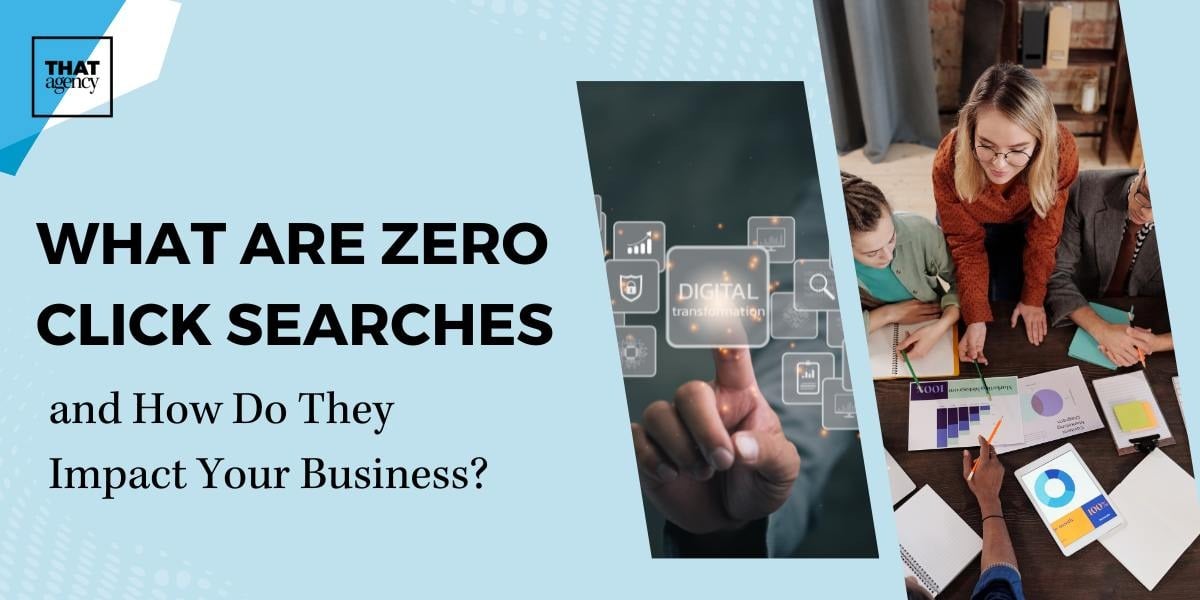
What are Zero Click Searches and How Do They Impact Your Business?
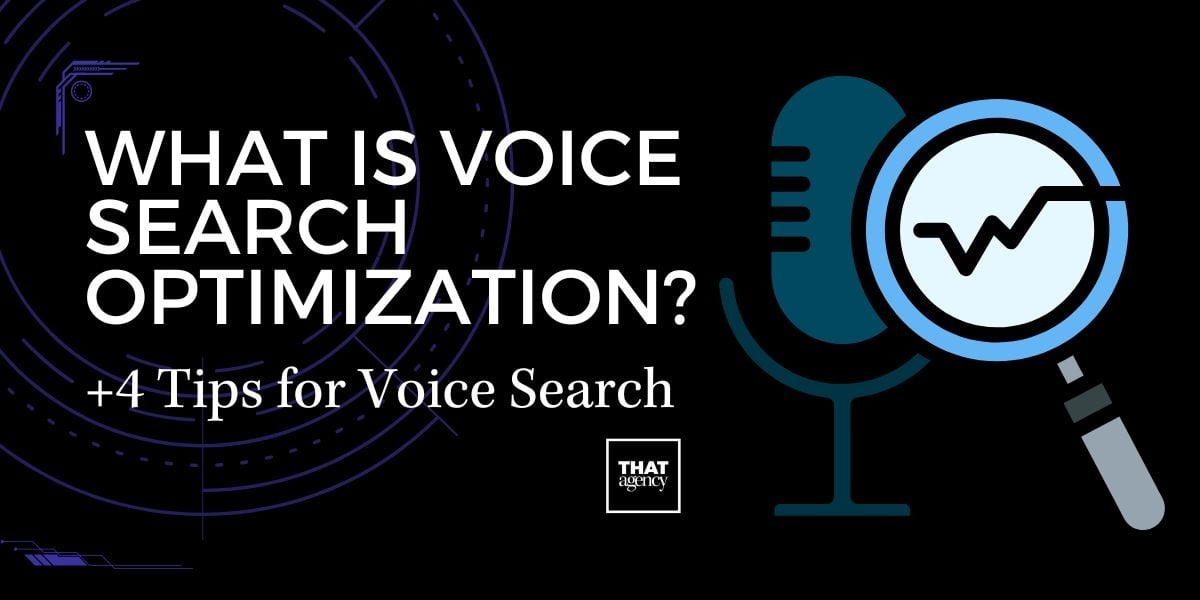
What is Voice Search Optimization? +4 Tips for Voice Search
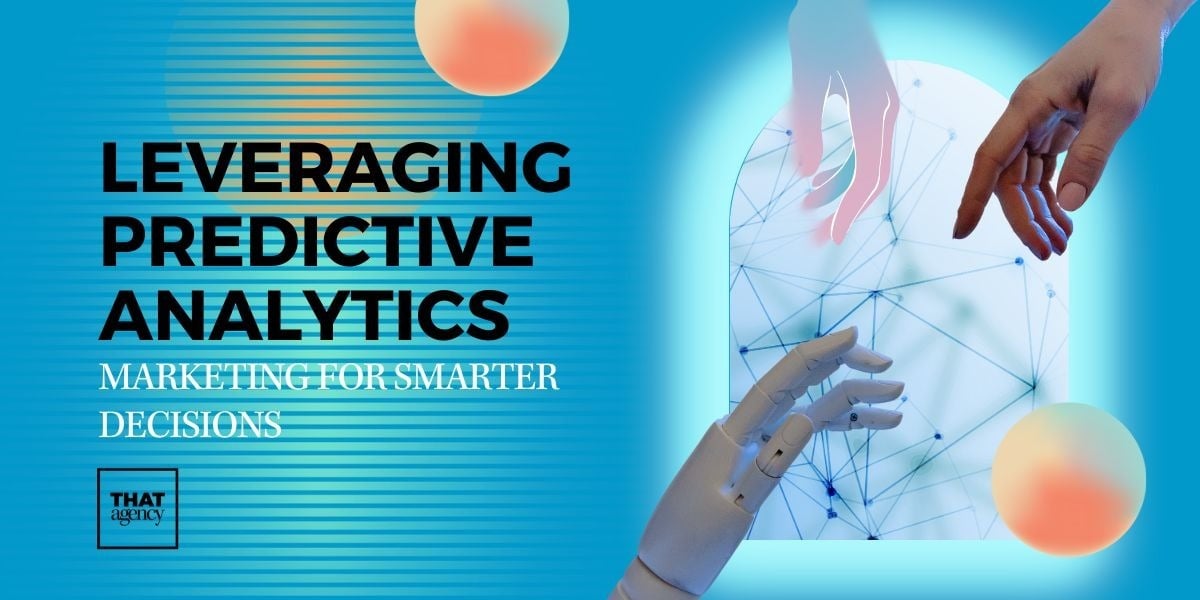
Leveraging Predictive Analytics Marketing for Smarter Decisions
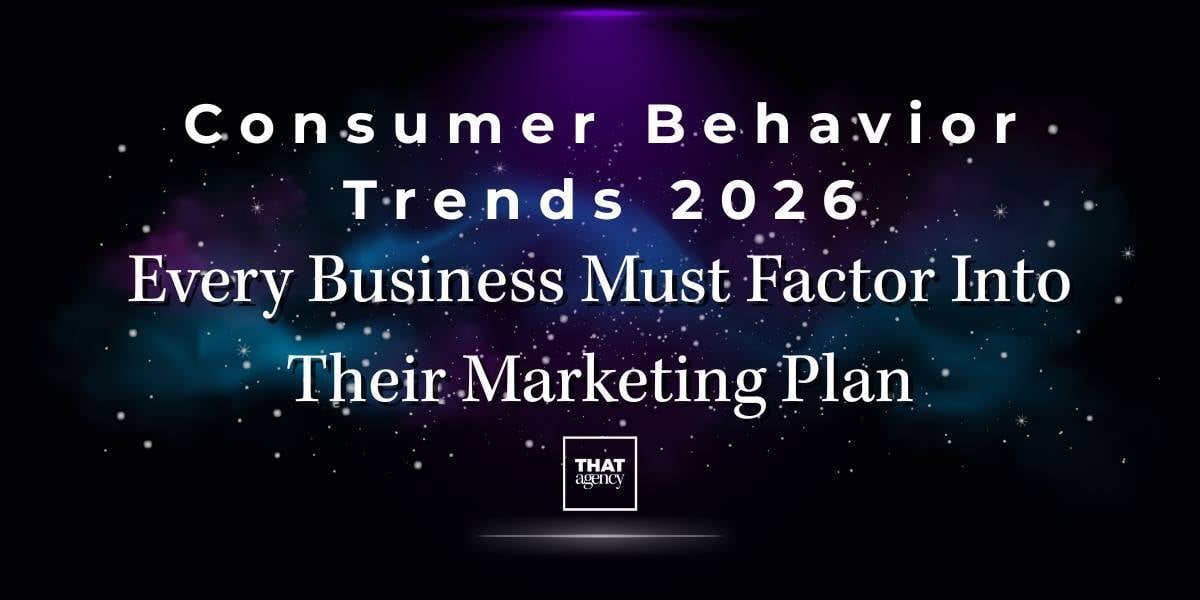
Consumer Behavior Trends 2026 Every Business Must Factor Into Their Marketing Plan
.jpg)
AI Image Generation for Marketers: What’s Possible and What to Avoid
700 S. Rosemary Ave.
Suite 204-707
West Palm Beach, FL 33401
P: 561.832.6262
F: 561.832.7707

